Diana Sherwood lives at the edge of Jacumba Hot Springs in a motor home with a view of a grassy valley, mountains and the wall at the U.S.-Mexico border.
Soon that view will change.
By early 2023, that fallow field is slated to house 604 acres of solar panels -- more than an acre of solar panels for each of the town's 540 residents, none of whom will receive a direct connection to the project's energy output.
The project's design, dwarfing the town on two sides, makes it distinct compared to similar projects in the area. It has led to fierce opposition from some residents and brought into sharp relief that San Diego County, unlike some other counties in California, lacks a policy to protect the interests of rural residents near large-scale solar and wind farms developed to meet statewide green energy mandates.
"I don't know how bad it's going to get, but I might have to move because of it, and I haven't found another place as quiet as Jacumba."Diana Sherwood
Sherwood, a retired caregiver with an existing lung problem, wants the developer to do more to protect her health from the dust and the heat she fears from the project.
"I don't know how bad it's going to get, but I might have to move because of it, and I haven't found another place as quiet as Jacumba," she said.
Further east, larger solar farms have been increasingly blanketing Imperial County. Nine solar farms capable of producing more power than the one approved in Jacumba have come online since 2013 between Jacumba and El Centro, according to a database maintained by the Solar Energy Industries Association.
But unlike the Jacumba project’s close proximity to a residential community, they are scattered throughout farm fields.
In Jacumba, the panels would be located just a little over the distance of a football field from homes including Sherwood’s, though the San Diego Board of Supervisors asked the developer to place the panels even further when it approved the project unanimously in August.
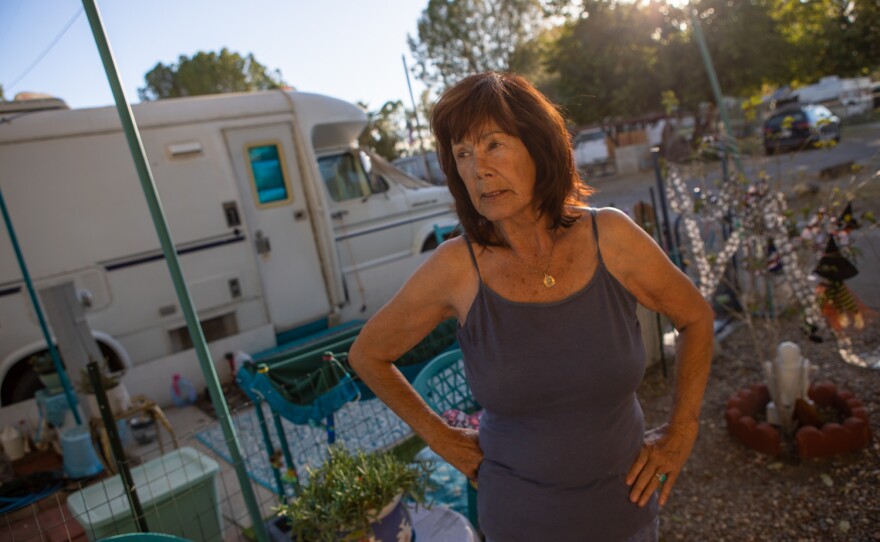
The ask is part of a series of steps county officials have taken to try and broker a truce between residents and the developer. But San Diego County has no process to smooth talks between the developers of large-scale renewable energy and nearby communities. That’s in contrast to many other Southern California counties, some of which require developers to pay a standard amount in community benefits upfront and over the lifetime of the project and help administer the funds.
For example, Imperial County requires developers to pay $2,000 or $5,000 per acre upfront to offset agricultural losses and $150 to $200 per acre every year the project is online for a community benefit program that gives grants to community organizations. In San Bernardino County, the pushback from locals led officials to take a more drastic step, banning large solar and wind farms from rural unincorporated communities in 2019.
In Jacumba, the developer has sought to quell opposition by striking cash deals with a handful of community organizations, at least one of which has been tied to the recipients’ promise of support. The Board of Supervisors forced the developer to boost its offer from over $1 million to $4 million as a condition of approving the project.
But neighbors living nearest the solar farm say they haven’t heard from the developer, leaving them feeling slighted.
Peace, nature and affordability are what drove at least a dozen residents inewsource interviewed to Jacumba where they have retired or are raising families. Now, they say they feel they are being asked to sacrifice their way of life for the project, saying it will lead to a loss of vistas that drive tourism, disrupt animal and plant life and potentially harm property values, all without bringing needed benefits like reliable local power or long-term jobs.
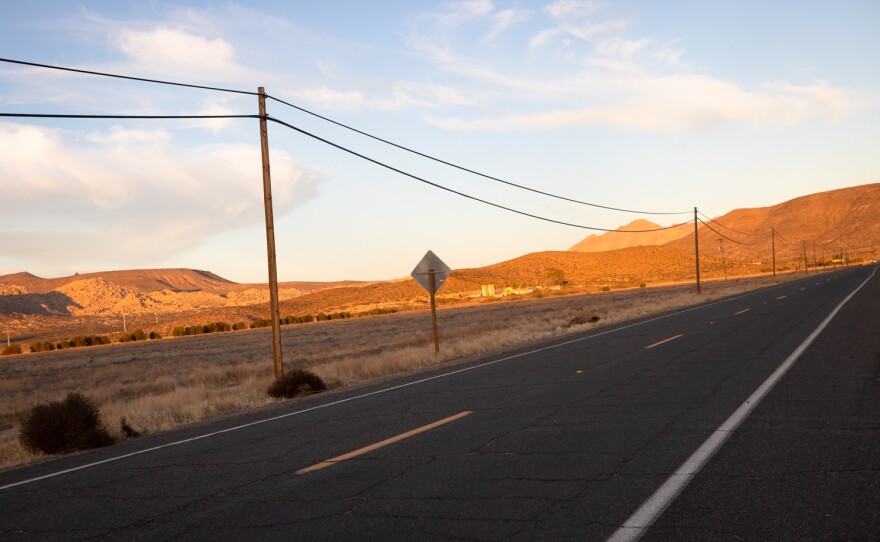
A spokesperson for the developer, the renewable energy arm of Germany-based company BayWa, said the company has been in touch with the community over the three years it’s taken to plan and secure approval of the project. But that communication has gone through a local, five-person group advising the county on land use decisions called the Jacumba Hot Springs Community Sponsor Group. The BayWa spokesperson said the company expects to be “more engaged in the allocation of funds in the coming months.”
The community group, whose next meeting is scheduled for Nov. 8, the county and the developer are now wading through ideas on how to allocate the millions in donations.
Sherwood, who has lived at the Wagon Wheel Mobile Home Park in Jacumba four years, said the developer hasn’t contacted her or provided any resources to soothe her fears about the project’s impacts on her health.
“I pray that we can do something, I don’t know what, but something,” Sherwood said. “We can't stop it, but it might be good to improve it a little bit, so it's not so hazardous to us.”
Eye gnats, heat and dust
She and her neighbors place the solar project in their backyards at the end of a series of environmental perils.
For years, residents were plagued with eye gnats they said came from a nearby organic farm. The farm took steps to reduce the gnats and eventually stopped operating following a grand jury investigation and county intervention.
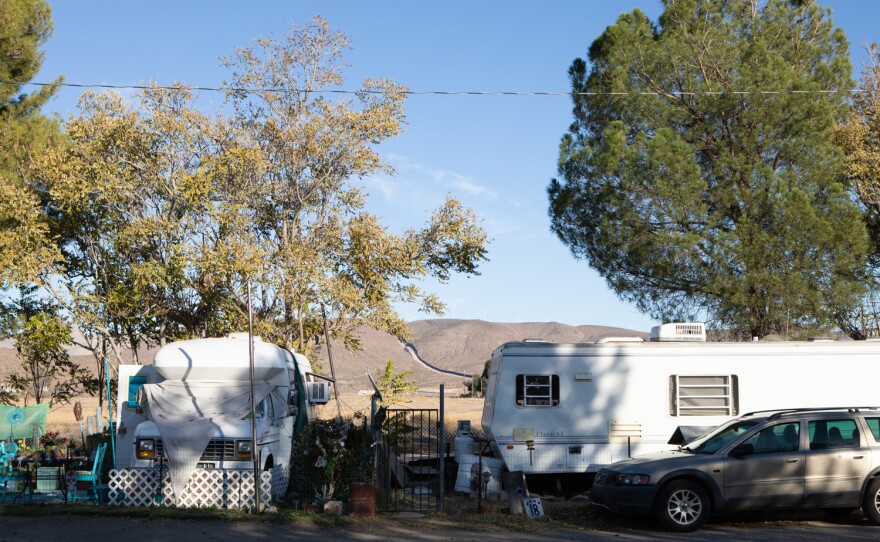
Summers are getting increasingly hot and Sherwood’s air conditioning unit does little to cool down her trailer. She fears the heat the solar panels will radiate because of their dark color.
As part of the project’s environmental review, San Diego County officials cited a study that found that the air around solar panels could be up to 3.5 degrees Fahrenheit higher than normal. However, given the limited number of studies regarding the heat island effect, they determined there is no evidence it would significantly impact human health.
Sherwood is also concerned about the possibility of increased dust from the project.
She recalls when construction of the wall at the U.S.-Mexico border kicked up the soil. Coinciding with the construction, Sherwood said her doctor found dirt and glass in her lungs, which makes it difficult for her to breathe. She said she was also diagnosed with Valley Fever. One other resident of the mobile home park inewsource spoke to also said he had Valley Fever.
Cases of Valley Fever, an infection caused by fungus in the soil in the Southwest, have been on the rise in San Diego County since 2016, although they remain below the statewide average. The environmental review for the solar project notes that climate conditions and soil disruption linked to digging and construction can contribute to the spread of the fungus.
However, the review cited relative low rates of Valley Fever in Jacumba and the county to determine that exposure as a result of the project to the Valley Fever would be “less than significant,” or under a level that would require the developer to offset the impact under state law.
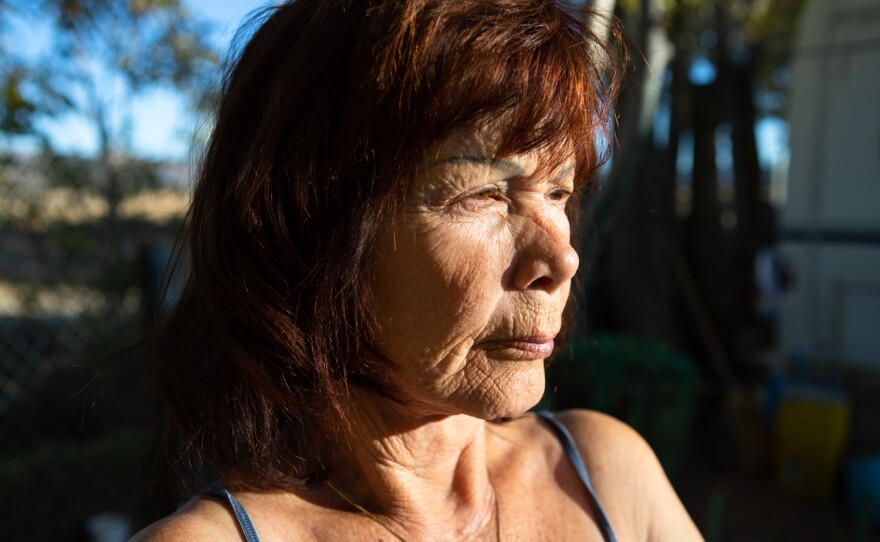
The developer is required to take some steps to curb the impact of dust from the project. San Diego County requires developers to control dust during construction. The project owner will also have to prove to the county that it has reseeded at least 70 percent of the site with native vegetation to reduce erosion, per the environmental review.
Raijah Thomas, who has lived at the Wagon Wheel Mobile Home Park for 24 years, said she expects the solar project to destroy the environment and prevent her from enjoying activities in nature, such as cycling in the desert.
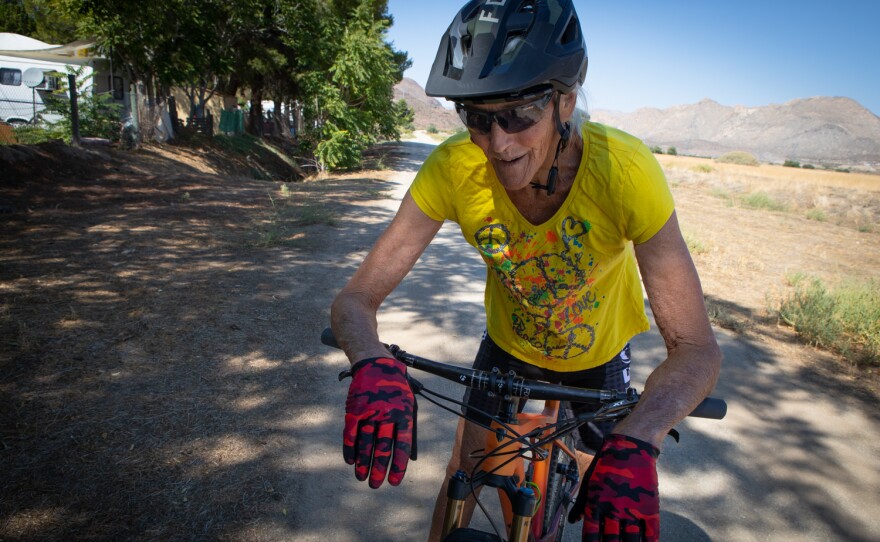
A trans veteran who suffers from post-traumatic stress, she said the energy of the city causes her anxiety. She pays roughly $300 a month for her spot at the edge of Jacumba. She said she’s been invited to move to a friend’s more remote property once construction on the solar farm starts.
“I’ll be pushed further away, which is kind of the way I got here,” Thomas said.
Geraldine “Geri” Baker, a retired schoolteacher from the Imperial Valley who lives at the northeast corner of Jacumba, said she will likely stay, but she’s not happy. Her home will be bordered on two sides by the solar project. Baker has a personal solar panel mounted in her backyard, but it is connected to the grid so she still occasionally gets her power turned off by San Diego Gas & Electric Co. during periods of high wind and fire risk.
All around her, she’s seen growth of wind, solar, battery and transmission lines in rural parts of San Diego and Imperial counties. She’s also seen rates continue to rise, which she finds frustrating.
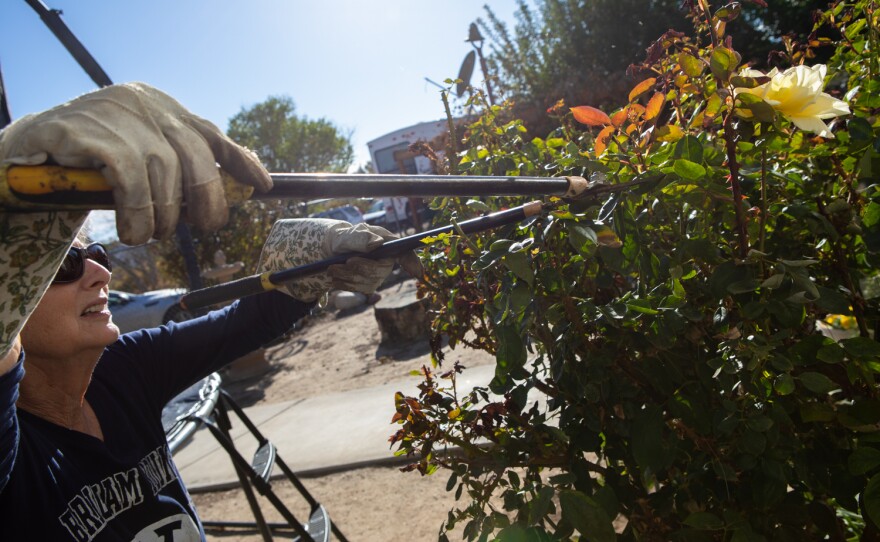
“It just needs ... to benefit the people somehow more than the powers that be and big money,” Baker said.
The panels will power roughly 57,000 homes through San Diego Community Power, a program created to buy and sell renewable energy for customers in the cities of Chula Vista, Encinitas, Imperial Beach, La Mesa and the city and county of San Diego.
Representatives for BayWa have said the solar farm is the best use of the valley because it has a lot of potential for solar energy. It is also located near a substation and transmission lines.
The county’s current largest solar farm, also developed by BayWa, covers 108 acres just 3 miles east of Jacumba Hot Springs, next to the wall at the U.S.-Mexico border and hidden from view. The community planning group supported the project, which was finished in 2017. It sends electricity to Southern California Edison, which serves customers in most of Southern California outside of Imperial and San Diego counties.
Within 17 miles of Jacumba, six other wind or solar projects are in various planning and permitting phases. Those include a project to put 60 wind turbines on the Campo Indian Reservation and another to construct a solar project in Boulevard.
‘Heartburn’ may lead to change
As the developer, the county and the local council now move forward with determining how to best spend the cash in Jacumba, some community members told inewsource they prefer that the project go away or be made much smaller. Others said they want some back-up power and a way to cut their electrical bills.
An artist wants a mural. One parent wants a baseball field for his kids -- maybe even one that can generate a job and some revenue through rentals or concessions. Another said her kids have clamored for a skate park. Some direct neighbors of the project want a wall with landscaping or art to keep away the sound, dust and glare.
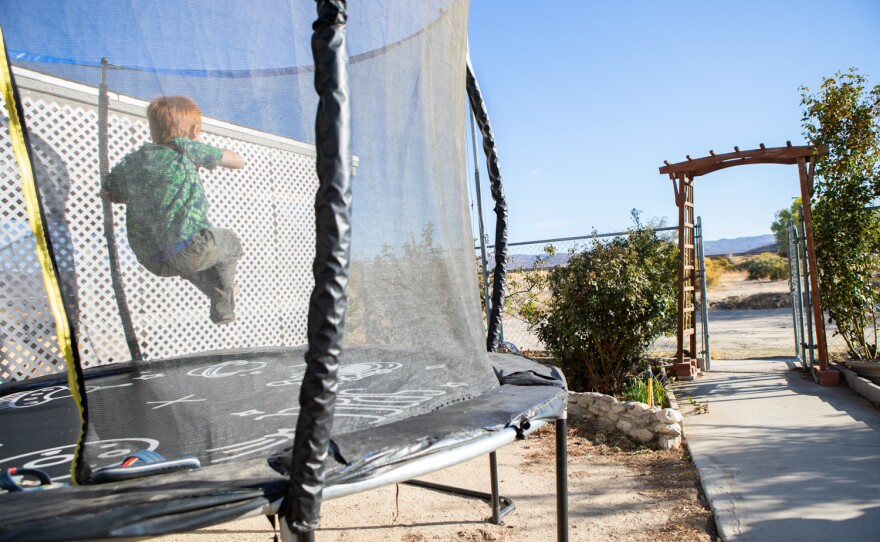
Almost half a million dollars will go to deals the developer already struck with the local water district to improve the community park, a museum in Ocotillo to build an exhibit and a clinic in San Diego for a senior nutrition program.
BayWa, the developer, has also floated the idea of putting $1 million towards financing rooftop or ground-mount solar for residents.
Representatives for the developer have argued that the success of the project and of the town are not at odds, and that they have made some concessions including reducing the size of the project slightly to increase the distance from homes. But that has done little to assuage the most vocal critics of the project.
Among them are the new owners of the hotel and spa in town, who want to boost tourism to the region in a callback to Jacumba’s heyday as a retreat in the 1930s and 40s. They want the project cut in half and have sued to block it.
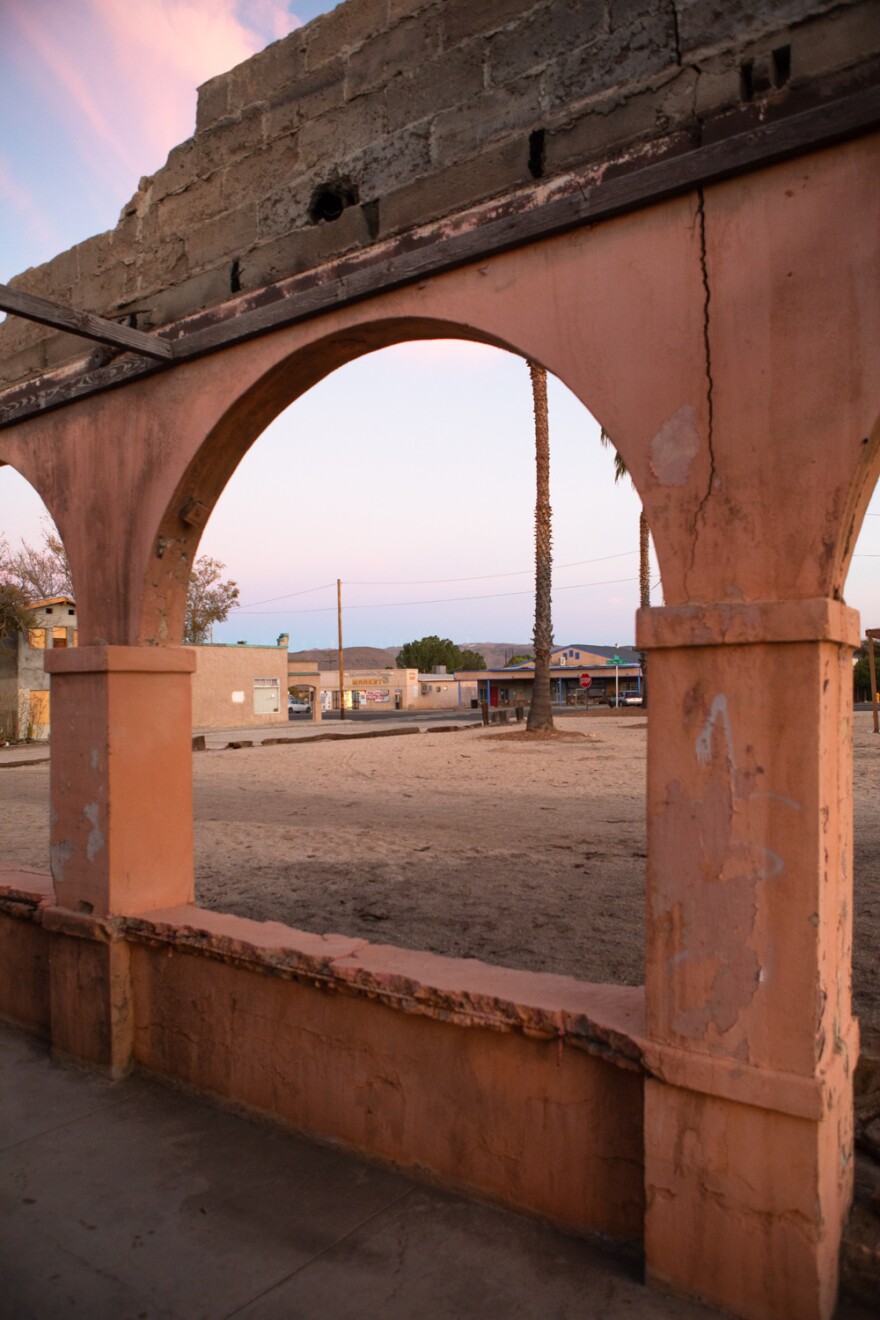
Matthew Vasilakis, the co-director of policy at the Climate Action Campaign, told inewsource he always expects some opposition to any form of development. He supported the solar farm in Jacumba before the Board of Supervisors because it would generate clean energy and jobs.
But, Vasilakis said, the controversy around the solar farm showed that the county does not have a policy to facilitate conversations between communities and developers of renewable energy projects. He’s pushing government officials to better include rural communities in order to build consensus around renewable energy projects, calling the people living in unincorporated areas of the county “pivotal” in the mission to increase carbon-free electricity.
“Let's get those voices and perspectives in the room now, so that we're getting all the information we need and we can be collaborative with those communities and we can hopefully avoid the heartburn that came from the (Jacumba Valley Ranch) project,” Vasilakis said.
He said he’s hopeful that the county’s new focus on environmental justice will lead to changes.
Chairman Nathan Fletcher and Supervisor Terra Lawson-Remer led last-minute negotiations with BayWa to increase cash donations to Jacumba.
“We have a responsibility to reduce consequences and impacts and community impacts as we move towards that zero carbon future ... but it also means making communities whole when vitally needed renewable energy projects are there in their backyards.”Terra Lawson-Remer
Before BayWa agreed to spend more money in community benefits, Lawson-Remer told a representative from the company that she liked the project in concept but it did not make the local community whole, calling it an example of environmental injustice.
“We have a responsibility to reduce consequences and impacts and community impacts as we move towards that zero carbon future,” Lawson-Remer said. “And this means making workers whole if their jobs are being asked to transition to green energies, but it also means making communities whole when vitally needed renewable energy projects are there in their backyards.”
She did not respond to a request for comment. A county spokesperson, including one from Fletcher’s office, said staff is currently gathering feedback on how to guide developers to provide benefits to neighboring communities, which would bring it in line with other Southern California counties with large renewable energy projects.
County staff is scheduled to present initial findings to the Board of Supervisors by the end of the year with a more in-depth policy expected in 2022.





